9 Space Efficient Ways to Mount a Personal Patient TV
Space is a commodity in patient areas. When designing patient areas in healthcare facilities, thoughtful consideration must be made for space...
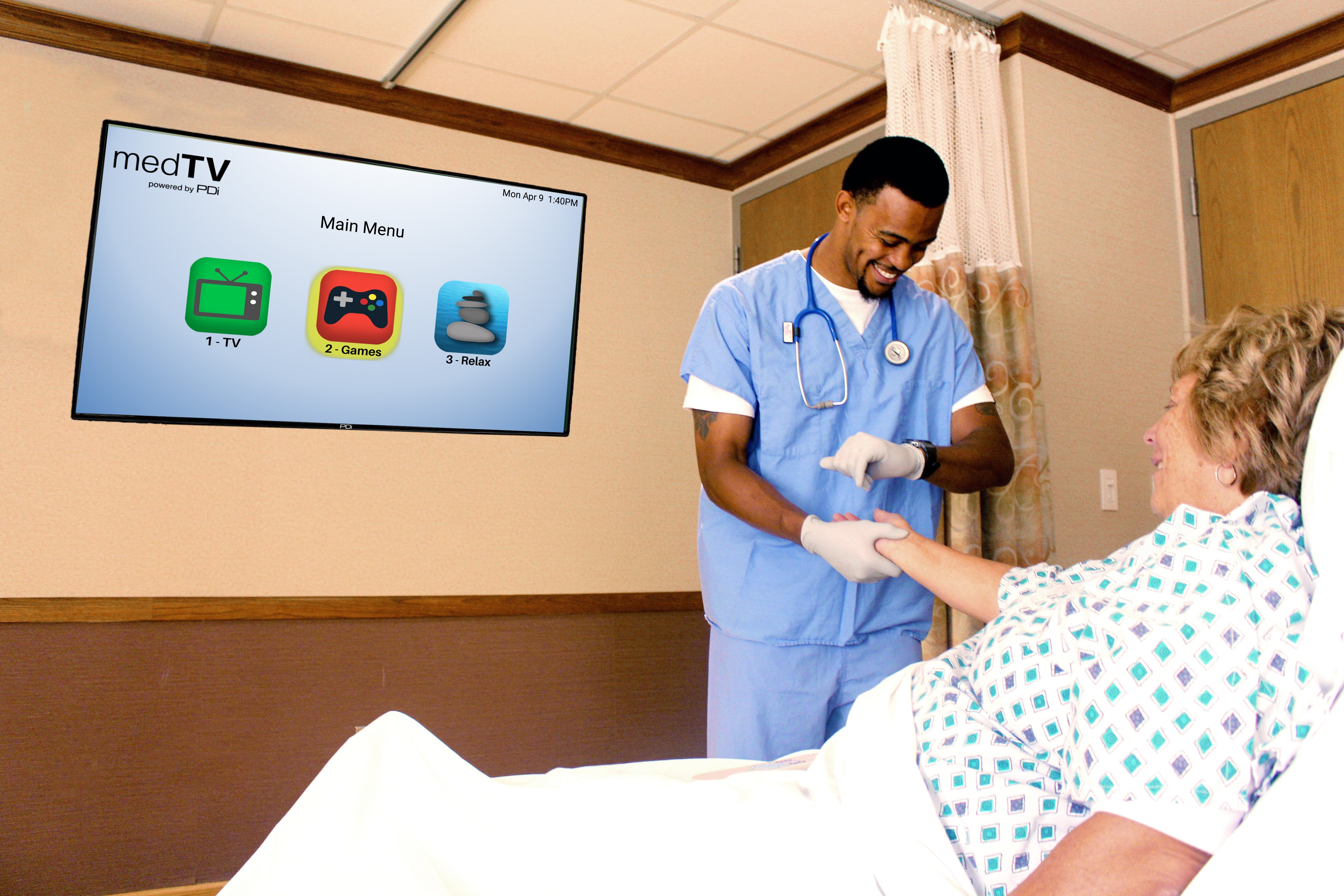
Having a hospital television in a patient room is often seen as something that creates a more home-like feel in a healthcare setting, but it’s actually much more important than that. Hospital TVs and technology help distract patients from pain, educate patients, and help them connect to the world outside their room.
There’s also a lot to consider when it comes to providing a television in a patient room – probably more than you expected. It all comes back, though, to the type of experience you want your patients to have. Do you want the personal experience of an arm-mounted touchscreen or the across-the-room flat screen display? Your answer here might be influenced by whether the room is private or semi-private.
If you choose to go with an arm-mounted device, then you’ll get into questions about how you’ll mount the device. With either an arm-mounted or footwall-mounted television, you’ll also need to consider if you’ll offer Internet, enhanced entertainment or simple TV.
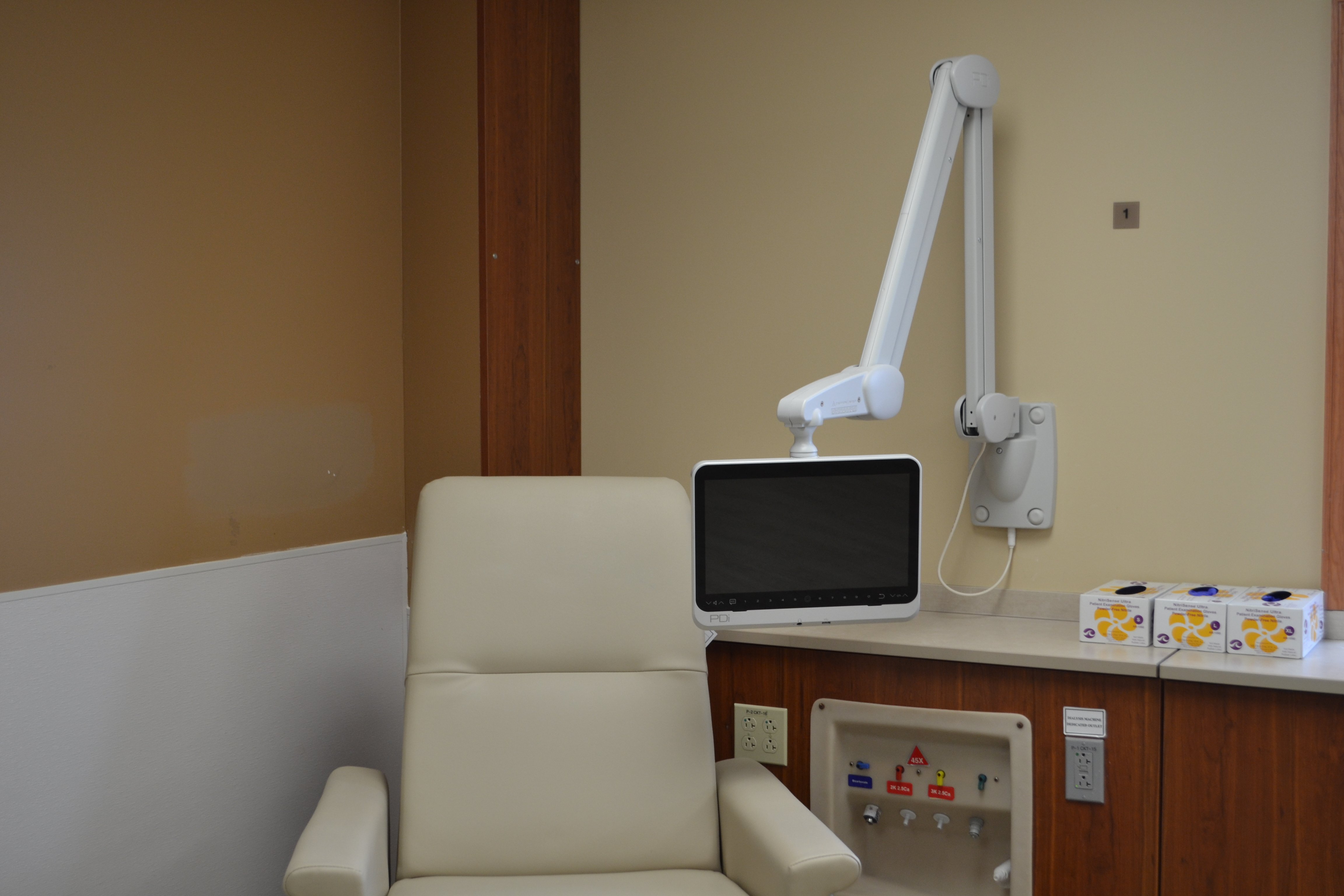
Once you’ve answered your hardware questions, you’re faced with another round of options: who will your broadcast provider be? These days there is more competition than ever before. You can use satellite receivers or cable delivered over fiber. IPTV is also on the rise with the increasing popularity of streaming content, telehealth, interactive patient software and Internet connectivity.
How can you know what package makes sense for you? It will depend on your situation, how long patients are in their rooms and their level of comfort with technology. The PDi ProServices team can help walk you through these decisions, too. Let’s break down some of the most important points you need to consider before choosing a broadcasting solution.
There are three popular types of broadcast signal for TV services: cable, satellite and IPTV.
Cable TV is installed by running a coax or fiber line from the local cable provider into your building. Local cable providers can fairly easily provide you with support when needed. Cable now reaches 93% of the United States and has improved to include high-definition channel options.
To receive a satellite signal, you need to install a dish on your building, and it needs to be adjusted to the correct angle for a specific satellite. Bad weather can potentially impact your satellite signal, especially heavy snow or winds that could move the dish slightly.
Most providers will give you a basic selection of TV channels. If you want to provide patients premium and sports channels, satellite TV is the more cost-effective option.
IPTV is the newest of the signal options, and it’s transmitted via the Internet. It provides a faster and cleaner installation, and you can provide both power and signal on the Ethernet cable, so you do not need an electrician to install electrical outlets at each TV. Plus, Cat6 Ethernet cable is cheaper than coax cable. If you have a large facility, IPTV can run longer distances with less degradation than coax, making it a great solution for your patients. With IPTV, you have an endless variety of options when it comes to display monitors, too.
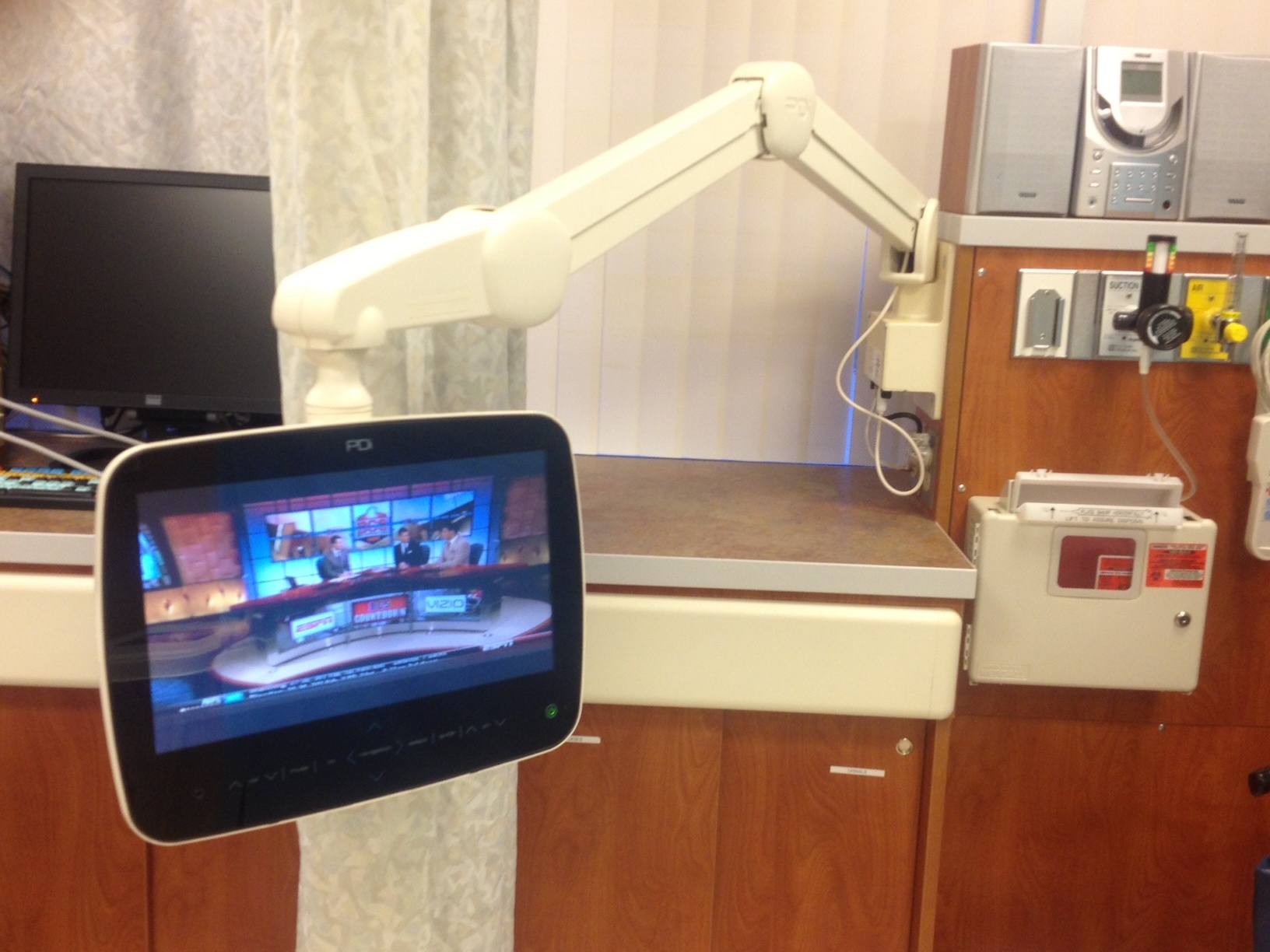
Regardless of where your signal comes from, you have two choices for distribution. You’ll want to make your choice based on your facility size, end user experience, who the end user is and what their purpose is for using the device.
RF (or radio frequency) is the traditional means of distributing signal. If it’s installed correctly, these cables can last for decades. While it can technically handle data, there are distance limitations for transmission. If you’re only planning on delivering cable TV and nothing Internet-related, RF cable is a good choice for you.
A Cat6 cable is an Ethernet cable that can provide signal over longer distances. It handles data well and can even provide power to hospital TV devices in a Power Over Ethernet solution. If you have more than 20 patients or so and you want to offer them Internet, installing an Ethernet cable now is your best option. You can still use the RF for TV signal and power if you’re not ready for an IPTV solution yet, but you’ll be prepared and will save yourself money down the road when IPTV comes to your facility.
As technology advances, headend systems can become more complex and do more things. Whether you simply want to modulate and disperse your television signal or if you want to set volume controls on all of your hospital TVs, or provide a different channel lineup for each department, a headend management device can improve your experience.
Set top boxes are a great solution for smaller medical facilities like a dialysis clinic where patients do not stay overnight. If you choose to go with DirecTV in a commercial setting, using a set top box for each TV is a good idea. Commercial, in this sense, is defined as an office or other business where the public has access to your programming, like a dialysis clinic, but no overnight stays. Set top boxes are also good if you have a small number of televisions in your facility.
On the other hand, larger facilities like a hospital would run into very high costs if they tried to use set top boxes. Because patients stay overnight at a hospital, they can have access to DirecTV’s COM 3000. This device merges all of your programming in the headend and then distributes it as needed to each floor or wing. The COM 3000 lets you provide more channels to more televisions cost effectively.
There is also equipment you can add at the headend to push out hospital TV software updates. If you’re looking for a way to provide information to your patients, there are also inexpensive server options that can solve that problem or even advertise various services. As technology expands and improves, the options of what you can do with a TV or TV-Tablet device are growing quickly. This is why many facilities are choosing to future-proof themselves by installing an Ethernet cable during their next upgrade. Eventually IPTV will be the preferred method of signal distribution.
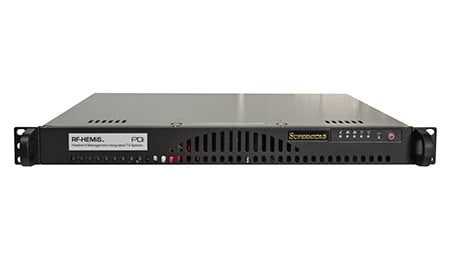
We’ve mentioned many different things to consider, and each of them is uniquely important. The type of signal, distribution methods and headend management all have an indirect impact on the patient’s experience. For more information or to discuss options for your facility to provide the best solution for your patients, contact our PDi ProServices team.
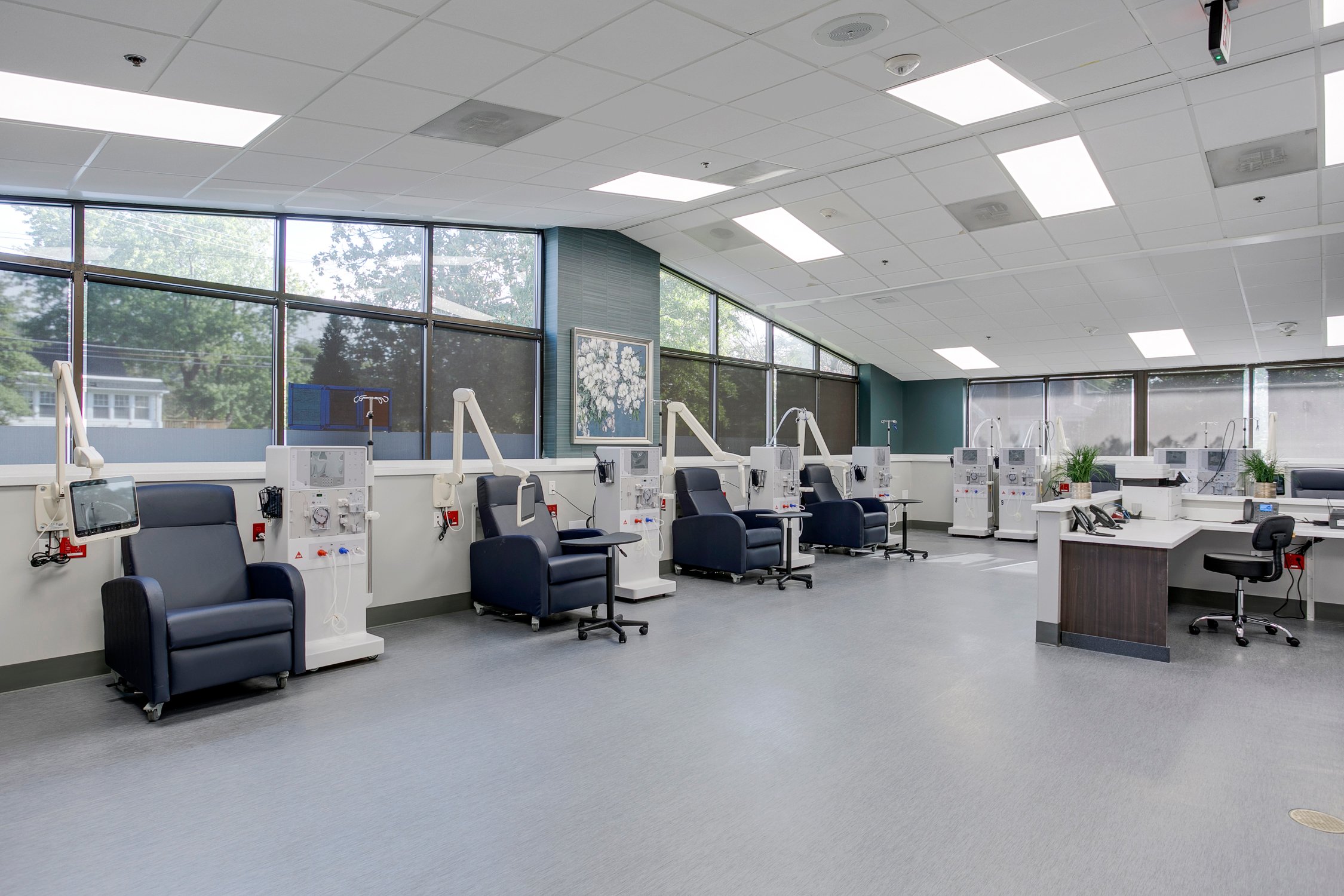
Space is a commodity in patient areas. When designing patient areas in healthcare facilities, thoughtful consideration must be made for space...
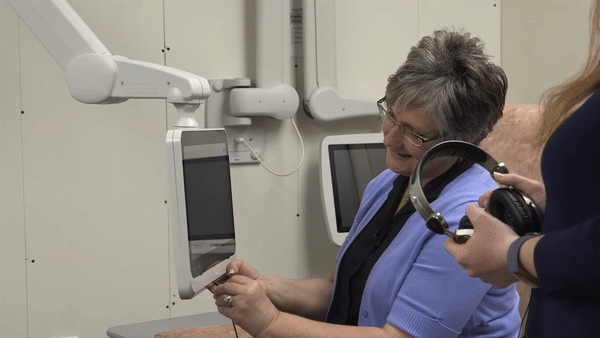
As part of our 40th Anniversary celebration, we’re publishing a special series of blogs throughout 2020. Each month you’ll see insights from a...
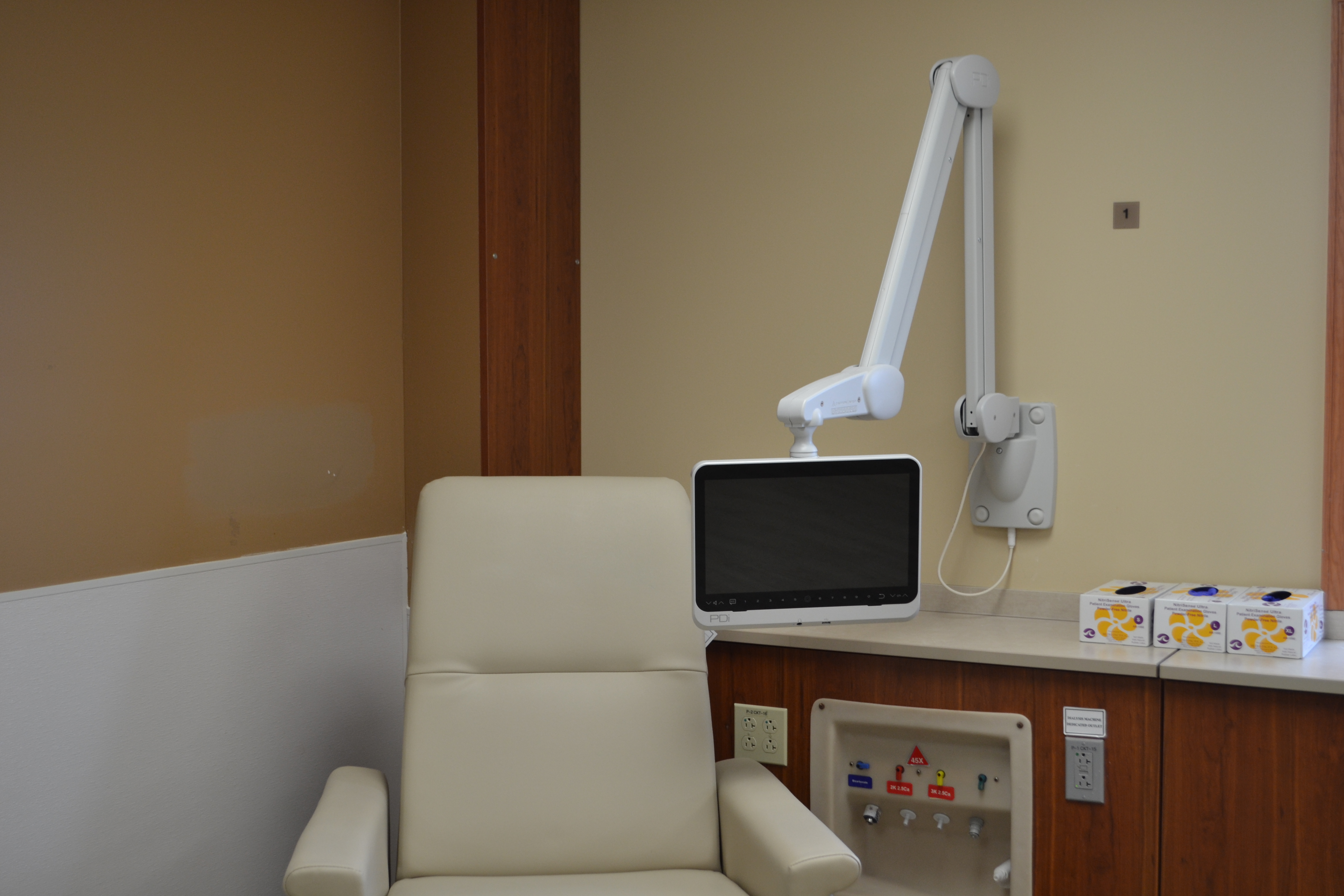
It’s no secret that the patient television is the unofficial lifeline in the healthcare space. Sure, patients are often connected to truly...